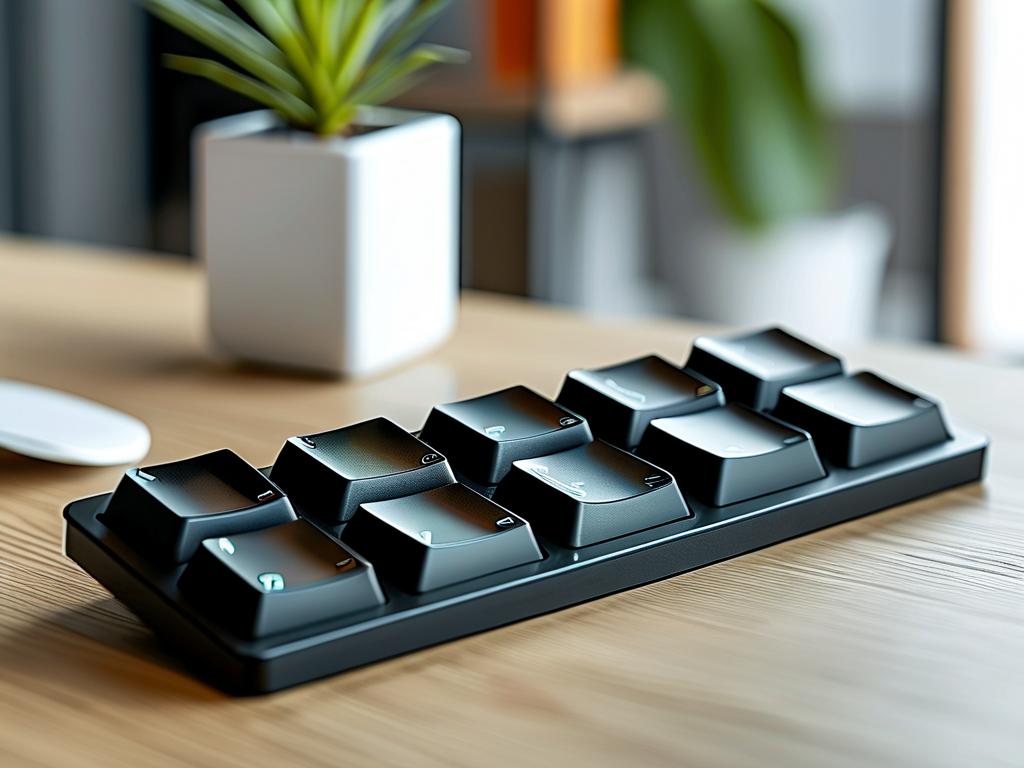Developing embedded software for peripheral devices requires meticulous planning and execution. Unlike general-purpose programming, this domain demands deep understanding of hardware-software interactions while adhering to strict resource constraints. This article explores proven methodologies for creating robust embedded peripheral solutions through a structured development lifecycle.

The journey begins with requirements analysis – arguably the most critical phase. Engineers must collaborate with hardware designers to interpret datasheets detailing electrical characteristics, register maps, and communication protocols. For instance, when implementing a UART driver, developers need to verify baud rate compatibility, parity configurations, and interrupt handling requirements against the target microcontroller's specifications.
Next comes interface abstraction design, where developers create hardware abstraction layers (HAL) to decouple software from physical hardware. A well-designed HAL allows porting code across microcontroller families with minimal changes. Consider this GPIO configuration snippet for ARM Cortex-M devices:
void GPIO_Init(GPIO_TypeDef* port, uint32_t pin, GPIOMode_TypeDef mode) {
port->MODER &= ~(0x03 << (pin * 2));
port->MODER |= (mode << (pin * 2));
}
This abstraction hides register-level operations while exposing clear configuration parameters.
Driver implementation follows, requiring careful attention to timing constraints and concurrency issues. Developers must handle interrupt service routines (ISRs) efficiently – keeping them short while ensuring proper data buffering. For SPI communication, a typical driver might implement double buffering:
volatile uint8_t tx_buffer[2], rx_buffer[2];
void SPI_IRQHandler() {
if(SPI->SR & SPI_SR_TXE) {
SPI->DR = tx_buffer[tx_index];
tx_index ^= 1;
}
if(SPI->SR & SPI_SR_RXNE) {
rx_buffer[rx_index] = SPI->DR;
rx_index ^= 1;
}
}
Rigorous testing strategies become paramount at this stage. Engineers employ oscilloscopes and logic analyzers to validate signal timing against protocol specifications. Automated unit testing frameworks like Ceedling help verify functional correctness:
void test_ADC_conversion_complete(void) {
adc_init();
simulate_hardware_trigger();
TEST_ASSERT_TRUE(adc_conversion_done());
}
Power optimization techniques must be integrated throughout development. Smart peripheral management becomes crucial for battery-powered devices. A temperature sensor driver might implement wake-on-interrupt functionality:
void LPTIM_IRQHandler() {
if(LPTIM->ISR & LPTIM_ISR_CC1OK) {
enable_sensor_power();
start_conversion();
}
}
Documentation practices often differentiate successful projects from troubled ones. Maintain detailed version-controlled records of register configurations, errata workarounds, and API specifications. Tools like Doxygen help generate living documentation:
/** * @brief Configures PWM timer parameters * @param freq_hz: Output frequency (1-10000Hz) * @param duty: Duty cycle (0-100%) * @retval 0: Success, -1: Invalid parameter */ int pwm_configure(uint32_t freq_hz, uint8_t duty);
The final integration phase requires careful validation of cross-peripheral interactions. Developers must test scenarios where multiple peripherals operate concurrently – like handling CAN bus messages while performing ADC sampling. Stress testing under extreme temperatures and voltage fluctuations often reveals hidden timing issues.
Seasoned developers recommend maintaining version-controlled hardware profiles for different microcontroller variants. This approach proved valuable when a team migrating from STM32F4 to STM32H7 discovered different clock tree configurations affecting peripheral timing – the problem was quickly resolved by switching hardware abstraction layers.
Emerging trends like AI-assisted code generation are making inroads. Tools can now automatically generate HAL code from datasheets, though human verification remains essential. A neural network might propose initial I2C driver configurations, but engineers must still validate electrical characteristics and timing diagrams.
Throughout the development process, adherence to safety standards like ISO 26262 or IEC 62304 becomes critical for automotive/medical applications. This involves implementing redundancy checks, watchdog timers, and comprehensive diagnostic routines.
The complete workflow typically spans 8-14 weeks depending on peripheral complexity, with iterative refinement cycles. Successful teams combine rigorous engineering practices with hands-on hardware debugging skills – remembering that even perfect code means nothing if the LED doesn't blink as intended. By following this structured approach, developers can create reliable embedded peripheral software that stands the test of real-world operation.









